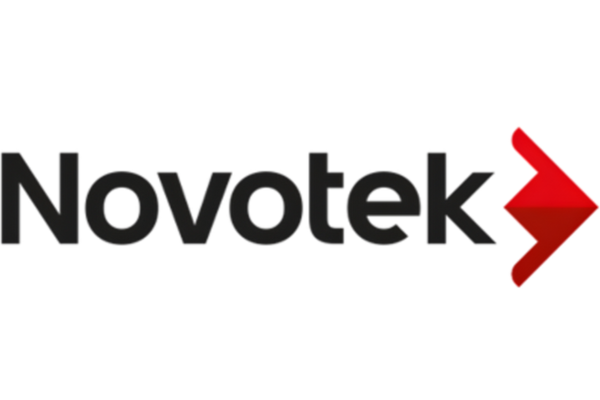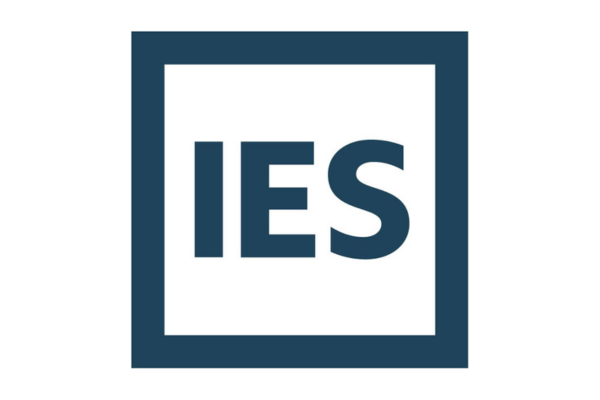Featured Speakers









Agenda: Technology for Low Carbon, Agile Manufacturing
Digital Agility, Carbon Neutrality

Welcome




KEYNOTE: Forty Years in Corporate Sustainability: Observations from the front line, and why net zero is wobbling.



Roundtables explainers
Discussion Round Tables Session 1
Discussion Round Tables Session 2
Discussion Tables
(Please click + to read the full description)
Round Table 1 - Net Zero: Embracing electrification and decarbonisation for Scope 1, 2, and 3 emissions
Strategies to help you tackle you Scopes 1,2 and 3 emissions
Utilising optimisation and flexibility to reduce costs and generate revenue
Adopting EV and electrification on your decarbonisation journey
Kris Barnett, Strategic Partnership Manager-Drax
&
Naomi Nye, Head of Sales (Energy Services) - Drax
Round Table 2 -Co-operation for sustainability: Is the CEAMS model the model for the future?
Discussion points:
Is this kind of co-operation the key to making sustainability work?

Michelle McHugh, Head of Innovation - Rochdale Development Agency

Round Table 3 - System Obsolescence Management: Extend life, lower costs
Discussion points:
How do you keep a 30–40-year asset running when its electronics change every 5–10 years?
What must shift—contracts, data rights and skills—to make OEM partnership a life-of-asset norm, not an exception?
Which cross-sector tools (standards, planned redesigns, traceable 3D spares) actually cut obsolescence and lift sustainability?

Stuart Broadbent, Obsolescence Management Director - Alstom
Round Table 4 - Energy Autonomy, The Power Move
Energy autonomy can enhance resilience and carbon performance, but requires careful evaluation of cost, infrastructure, and digital readiness.
Digital forecasting tools are essential for modelling energy demand, generation potential, and financial risk - especially when considering hedging strategies.
There is no one-size-fits-all approach - the decision to pursue autonomy must be site-specific, data-driven, and aligned with broader sustainability and financial goals.
-2.png?width=400&height=400&name=Speaker%20images%20(Agenda)-2.png)
Samuel Owen, Operational Sustainability Manager - Jaguar Land Rover
Round Table 5 - One Step Forward. No Steps Back
What are the most common kinds of assets or processes where manufacturers find quick, “embeddable” payback from using their existing data to inform changes in the way things are actually run?
Manufacturing is inherently complex – how are AI and machine learning being used to aid in managing the interplay of material variability, people and processes?
What do we need to consider about the way we leverage existing shop floor systems so we can harvest the data we need to support scope reporting to trading partners and regulators?
.png?width=400&height=400&name=Speaker%20images%20(Agenda).png)
Refreshment & networking break
Discussion Round Tables Session 3
.png?width=400&height=400&name=Speaker%20images%20(Agenda).png)
Keynote: The things you CAN control are worth doing – for your business’ sake.
.png?width=400&height=400&name=Speaker%20images%20(Agenda).png)


-1.png?width=400&height=400&name=Speaker%20images%20(Agenda)-1.png)
Keynote: Using Building Physics and Data Analytics to identify energy and cost reduction
-1.png?width=400&height=400&name=Speaker%20images%20(Agenda)-1.png)


Lunch

Keynote: Agile by Design: From field data to scalable off-grid technology



